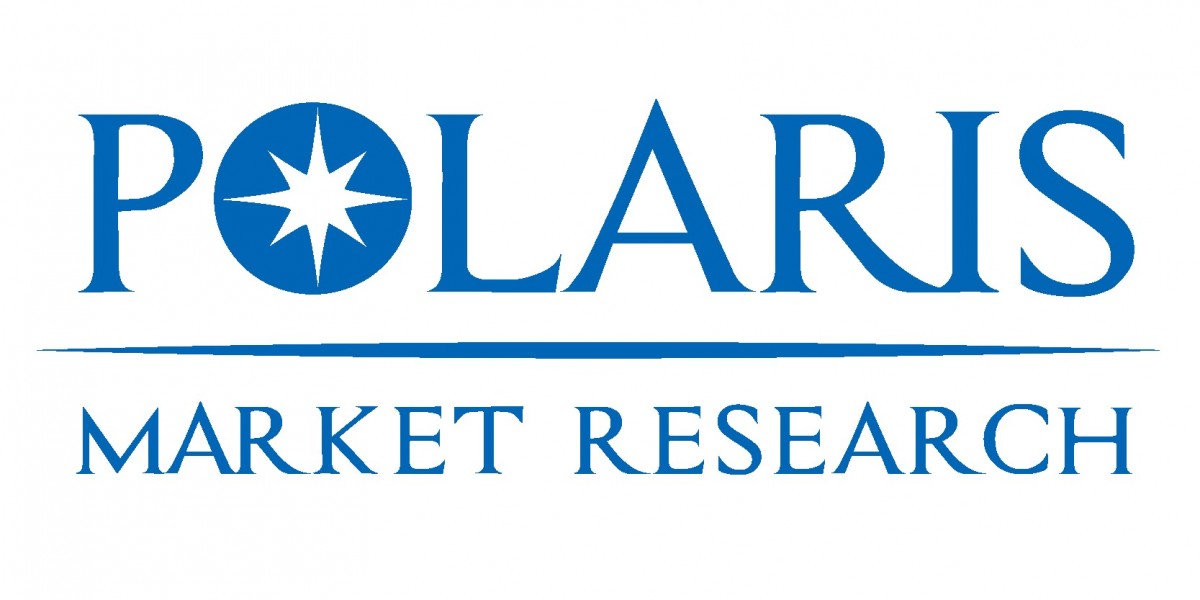The Nonwoven Fabrics Market has witnessed robust growth over the past decade, driven by increasing demand across diverse industries such as healthcare, automotive, construction, and personal care. Characterized by its lightweight, durability, and cost-effectiveness, non-woven fabric has emerged as a vital material for both disposable and durable applications. As industries strive for efficiency and sustainability, the non-woven fabric market is poised to expand further, albeit with challenges that require strategic navigation.
Key Market Drivers
- Growing Demand for Hygiene Products:
- The demand for non-woven fabrics in hygiene applications such as baby diapers, adult incontinence products, and feminine hygiene products is significant. Rising awareness about personal hygiene and the increasing geriatric population are contributing to this demand.
- Expansion in Healthcare:
- The healthcare sector heavily relies on non-woven fabrics for medical disposables such as surgical gowns, masks, drapes, and wound dressings. The COVID-19 pandemic highlighted the importance of non-wovens in producing personal protective equipment (PPE), driving a surge in production capacity worldwide.
- Automotive and Construction Industries:
- Non-woven fabrics are increasingly used in automotive interiors for insulation, carpeting, and upholstery due to their lightweight and sound-absorbing properties. In construction, they are utilized in geotextiles, roofing materials, and insulation products, addressing the demand for sustainable and energy-efficient building materials.
- Technological Advancements:
- Innovations in non-woven fabric manufacturing, including spunbond, meltblown, and airlaid technologies, have enhanced product quality and broadened application areas. Automation and integration of smart technologies in production processes have also improved efficiency and scalability.
Challenges in the Market
Despite its growth trajectory, the non-woven fabric market faces several challenges:
- Environmental Concerns:
- Many non-woven fabrics are made from synthetic polymers such as polypropylene and polyester, raising concerns about their environmental impact. The disposal of non-woven products, particularly single-use items, contributes to plastic waste, pushing manufacturers to explore biodegradable and recyclable alternatives.
- Fluctuating Raw Material Prices:
- The price volatility of raw materials, especially petroleum-based polymers, poses a challenge to manufacturers. Such fluctuations can impact profit margins and increase the cost of end products.
- Intense Competition:
- The market is highly competitive, with numerous regional and global players. To differentiate, companies need to invest in R&D, improve product offerings, and establish strong distribution networks.
- Regulatory Hurdles:
- Stringent regulations related to the use of plastics and environmental compliance in several countries necessitate continuous monitoring and adaptation by manufacturers.
Emerging Trends
- Sustainability Focus:
- The development of biodegradable and eco-friendly non-woven fabrics is gaining traction. Bio-based materials such as polylactic acid (PLA) and cellulose are being explored to create sustainable alternatives.
- Smart Non-Wovens:
- The integration of smart technologies, such as sensors and conductive materials, into non-woven fabrics is creating innovative products for healthcare and wearable applications.
- Asia-Pacific Dominance:
- The Asia-Pacific region is emerging as the largest and fastest-growing market for non-woven fabrics, driven by rapid industrialization, population growth, and increasing healthcare spending in countries like China and India.
- Customization and Specialty Products:
- Demand for customized non-wovens tailored to specific industry needs is rising. Specialty non-wovens, such as fire-retardant and water-repellent fabrics, are finding applications in niche markets.
Opportunities for Growth
- Investment in R&D:
- Continuous innovation in production techniques and raw materials can help manufacturers meet evolving consumer demands and regulatory requirements.
- Expansion in Emerging Markets:
- Developing economies offer significant growth potential due to increasing disposable incomes, urbanization, and improving healthcare infrastructure.
- Collaborations and Partnerships:
- Collaborating with end-users to develop tailored solutions can strengthen market position and open new revenue streams.
- Adoption of Circular Economy Models:
- Embracing circular economy principles, such as recycling and reusing materials, can reduce environmental impact and align with consumer preferences for sustainable products.








